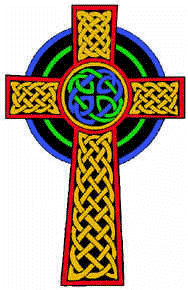 |
 |
|
a
Scottish born researcher, Company Director and Yachtsman with an
interest This application was published on
the 14th of June 2000 under UK The Celtic cross, which is an ancient and sacred
symbol, with which |
 |
| Crichton
Miller believes that it was what the Ancient Egyptians
and Phoenicians
used to survey their buildings and navigate the oceans of the world. The discovery came about in the winter of 1997 when he was trying to figure out what the Ancient Egyptians would have used to survey the great pyramid complex at Giza. All constructions, even ancient ones, require surveying before starting work. The incredible pyramid of Cheops and the Giza
complex, which seems
to embody the mathematical value of PI, would have to be accurately
surveyed, as would all similar constructions, including stone circles such as Stonehenge, Avebury and Callanish in Scotland. Callanish is
more than 5000 years old and built in the form of a Celtic cross. |
|
He discovered that the only appropriate instrument
that could have been used by the architect, in the place of a
theodolite, was a derivative of the cross.
This incredibly simple, yet complex instrument, has
the potential
to measure angles and inclinations to an accuracy of
1minute of arc or 1/60th
of a degree. knowledge in modern times. The message in stone, wood, metals and art has been around for thousands of years, in full view of the public. From: EGYPTNEWS-owner@egroups.com |
|
|